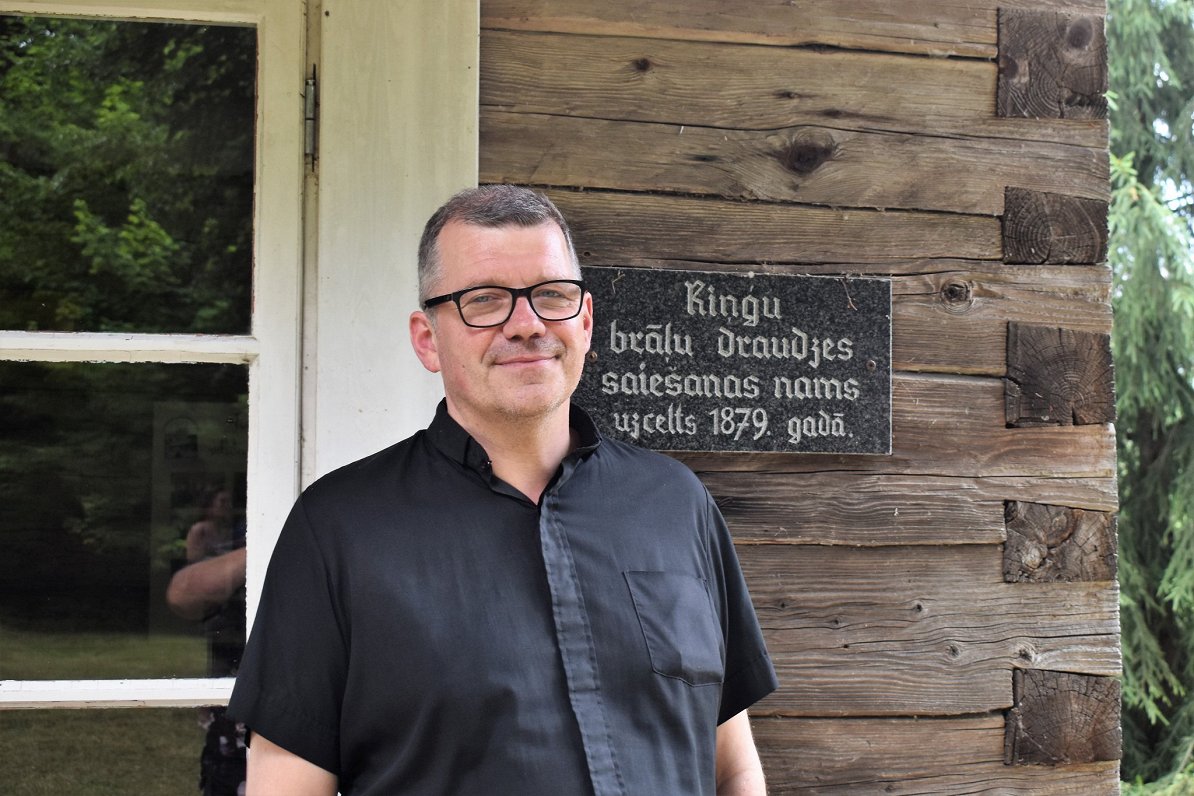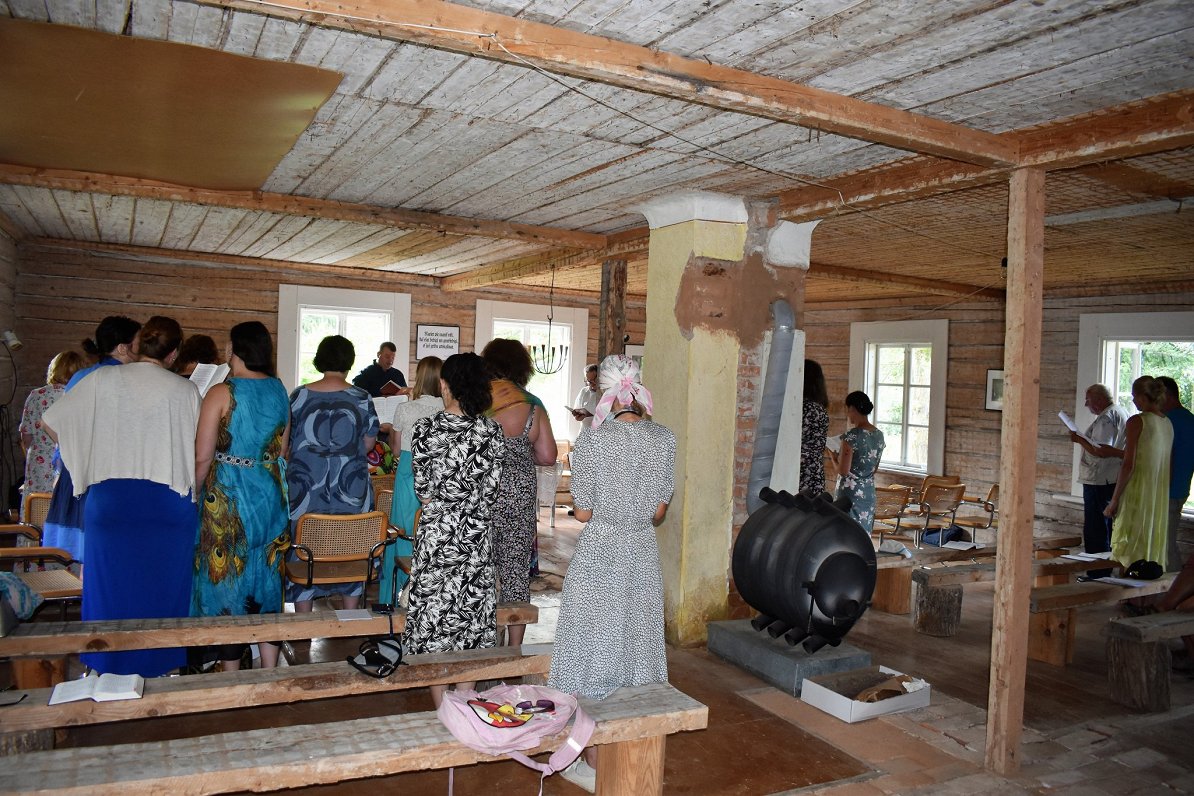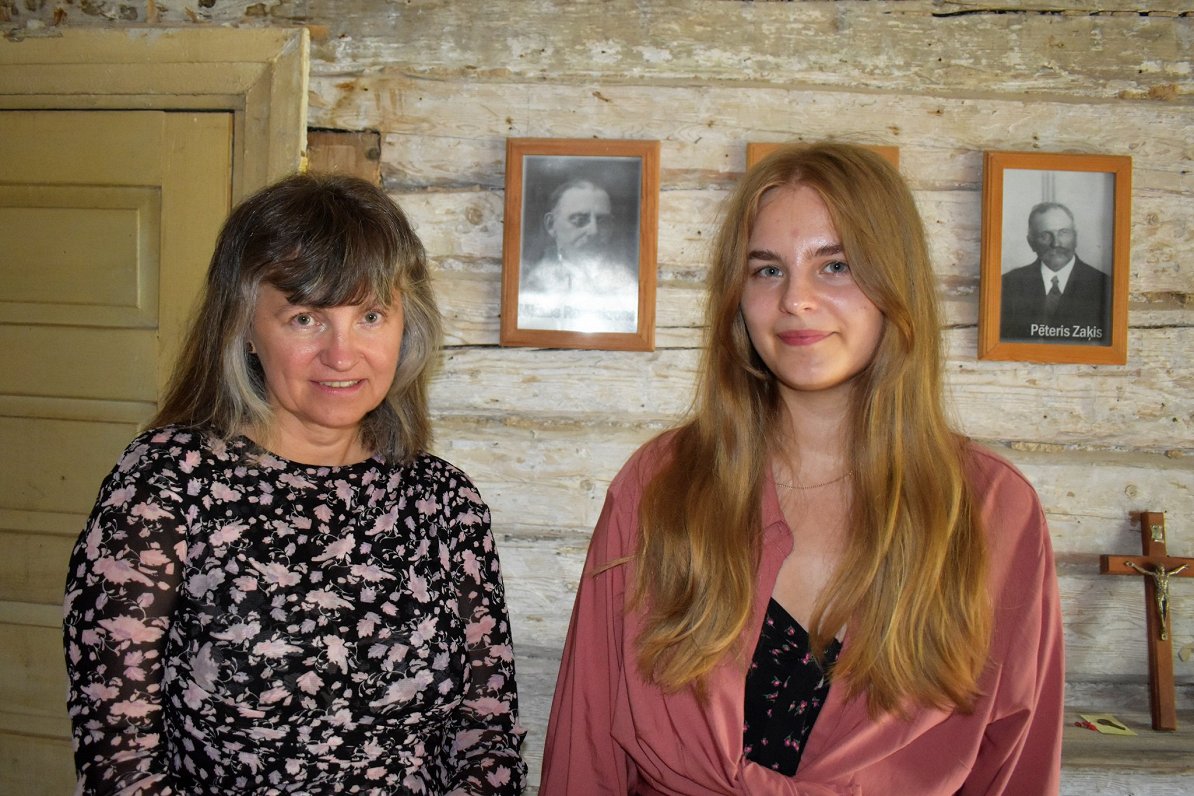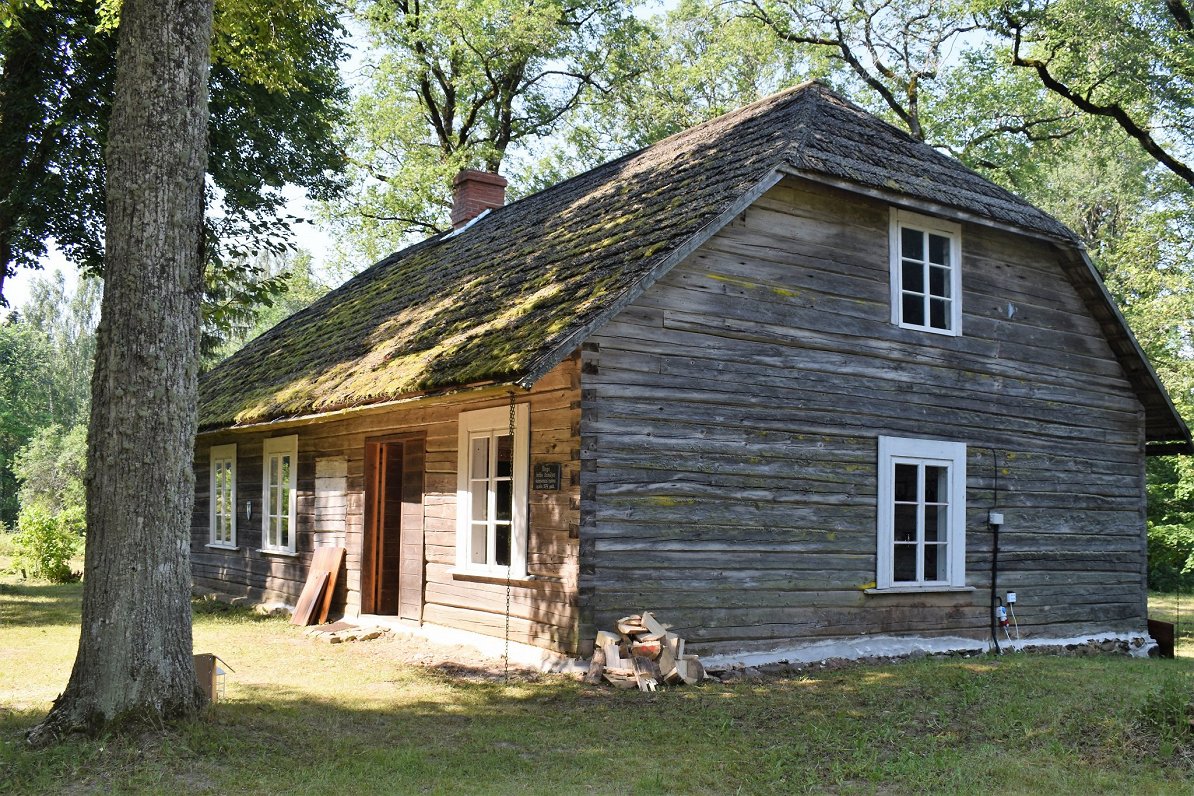During the Covid crisis, churches in Latvia have been allowed to stay open, so a small congregation gathering in the sticks on a July weekend raises few eyebrows. The 20 or so worshippers attending the annual get-together for the Moravian Brethren, a movement which despite its exotic name has deep roots in Latvia. And their humble timber hall on “Riņģi” farm near Blome, 115 kilometers northeast of Riga, has poignant stories to tell.
Spreading the word
The history of the Brethren goes back many centuries, and miles from Latvia. To put a long and complex story in a nutshell, in the early 15th century, Czech theologian Jan Hus began a movement in Bohemia to reform the Catholic Church, regarded as the first act of the Reformation.
For his trouble, Hus was burned at the stake, and religious orthodoxy was reinforced in the bloody Hussite Wars. But for generations, the Brethren continued their work as a “Hidden Seed,” until they too had to flee persecution. The refugees set up a village called Herrnhut on the estate of nobleman Nikolaus Ludwig von Zinzendorf, today part of Germany. They were plagued by internal disputes, until in 1727, the Herrnhutians as they are also known, experienced a dramatic transformation based on “learning to love one another.”
Thus inspired, they sent missionaries into the wider world to share their creed. And the first destination was the Russian province of Livonia, comprising Latvia’s Vidzeme region and southern Estonia.
Devastated by the Great Northern War and its peasants chafing under serfdom, the missionaries found fertile soil in Livonia for their message of hope. Zizendorf himself arrived to spread the word, and over the next century, the movement established schools, raised the moral standards of the peasants and gave them a sense of community.
Although it was periodically repressed by the Czarist regime and hostile Baltic German landlords, the movement greatly improved the peasants’ literacy, and their musical endeavors laid the foundations for the Latvian song festivals. Some historians have dubbed this the first Latvian Awakening.

Like most religions, the Moravian Brethren were banned by the Soviet regime. But in the late 1990s, Lutheran Pastor Gundars Ceipe began reviving Brethren traditions in Latvia. He believes there is a need to lift society up from Soviet moral degradation and empty consumerism.
“Historically, this was a revival on a mighty scale, and to some extent we are in similar circumstances today,” he says. “Historical processes have impoverished us, and we need to restore the wellsprings of life.”
Today, the movement has several hundred followers in Latvia, and runs a primary school in Madona County. Gundars’ Lutheranism doesn’t conflict with his support for the Brethren, as one of the movement’s tenets is to encourage all Christians to practice what it views as true Christianity, regardless of their formal denomination.
Nevertheless, he conducted the recent service in Riņģi based on the traditional Moravian liturgy. Women are seated to the left of the aisle and men to the right (though this was not strictly enforced.) There is a laissez faire attitude toward standing or sitting during hymns, and the pastor encouraged people to get up and take a walk if they feel like it. As well as a sermon given by Gundars, three lay preachers also belted out fiery missives.

This earnest-yet-relaxed atmosphere aligns with the anti-hierarchical, grassroots philosophy of the Brethren.
“There is a hunger for brotherhood, unity, friendship and closeness, and it is difficult to achieve this without a great unifying spiritual experience,” says Gundars.
Home sweet home
Vita Viktorsone moved to her husband’s native Sweden many years ago, but heart is in this quiet corner of Vidzeme. Her great-grandfather Jēkabs Rozenkrons was the first pastor of the Riņģi congregation, and the hall is built on the family’s ancestral land, which Vita has inherited and keeps in good order during frequent visits to Latvia.
“Even when I am not here physically, I am here in spirt,” says Vita. “I recently had an operation, and before they put me under, the doctor said, 'Think of your happiest place in the world.' And I thought of Riņģi.”
Riņģi is one of a handful of surviving Brethren gathering halls in Latvia, including one relocated to the Open-Air Ethnographic Museum near the capital. In the first decades of the revival, Brethren groups met in barns, as Vidzeme peasants’ houses had been razed by war. Then the faithful began donating materials and labour, constructing beloved but ramshackle meeting halls with windows of different sizes.
By the time the Riņģi hall was built in 1879, the local farmers were prosperous enough to donate money and let craftsmen do the work. Today, restoring the building to its original function and appearance (under Soviet rule it had been divided into three separate apartments) is another community effort.
Prior to the Brethren arriving, ordinary Latvians had felt alienated from the church and its mostly German-speaking clergy, and had thus continued to follow their pagan customs. But according to Vita, the Brethren missionaries learned Latvian, so the message of Christianity resonated with the people and connected them to European Christian culture.

“Suddenly, the Latvian peasants saw that the bloody figure on the cross – the Great Man of Sorrow, they called him – had also died for them. And this led to a spiritual eruption,” she says. “Today, people whine about the government, or whether or not someone is vaccinated, but we need to think about spiritual values. This hall is a place where you begin to think about bigger things – about eternity.”
Vita’s 20-year-old daughter Vanda is also a citizen of the world, having spent time in France and now studying at Uppsala University. But she speaks fluent Latvian, and also enthusiastically helps maintain the property.
“My daughter will have many opportunities in life, but her anchor will be here in Riņģi,” says Vita.
































